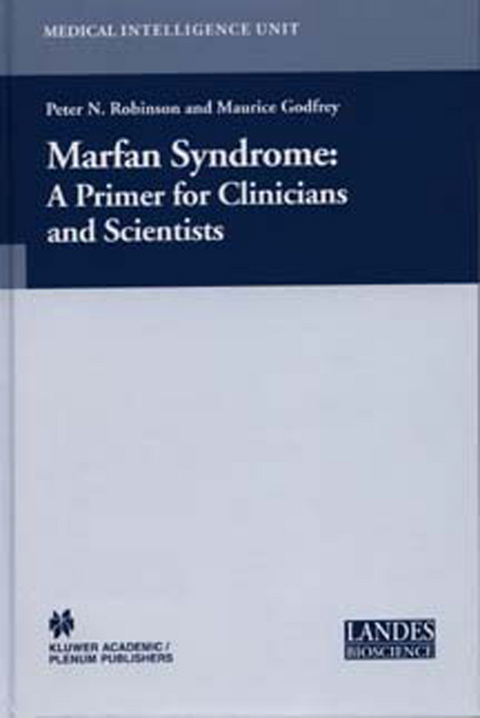
Marfan Syndrome
Springer-Verlag New York Inc.
978-1-4613-4757-6 (ISBN)
In addition to the syndromeunder discussion here, his name is often attached to "Marfan's law" (that immunity to pulmonary phthisis is conferred by the healing of a local tuberculous 3 lesion) and Marfan's subxiphoid approach for aspiratingfluid from the pericardial sac. (Please pardon my use of the possessive form of the eponym in these two instances!) Pictures of Marfan (Fig.
Introduction: Historical Introduction The Marfan Syndrome: From Clinical Delineation to Mutational Characterization, a Semiautobiographic Account.- Diagnosis and Treatment of Marfan Syndrome—A Summary.- Orthopaedic Problems in Marfan Syndrome.- Ophthalmological Aspects.- Cardiovascular Aspects of the Marfan Syndrome: A Systematic Review.- Cardiovascular Surgery: Surgical Management of the Marfan Patient at the Johns Hopkins Hospital.- Surgery for Cardiovascular Disorders in Marfan Syndrome: The Atrioventricular Valves, Distal Aortic Segmentsand Myocardium.- Mutation Analysis of the FBN1 Gene in Individuals with Marfan Syndrome: Sensitivity, Methods, Clinical Indications.- The Marfan Mutation Database.- Familial Thoracic Aortic Aneurysms and Dissections.- Fibrillin-2 Mutations in Congenital Contractural Arachnodactyly.- Assembly of Microfibrils.- Organization and Biomechanical Properties of Fibrillin Microfibrils.- Microfibril-AssodatedGlycoprotein-1 (MAGP-1) and Other Non-Fibrillin Macromolecules Which May Possess a Functional Association with the 10 nm Microfibrils.- The Fibrillins and Key Molecular Mechanisms that Initiate Disease Pathways.- Insights into Fibrillin-1 Structure and Function from Domain Studies.- Genetics of Marfan Syndrome in Mouse Models.- Appendix: Marfan Syndrome Patient Organizations.
| Reihe/Serie | Medical Intelligence Unit |
|---|---|
| Zusatzinfo | XV, 218 p. |
| Verlagsort | New York, NY |
| Sprache | englisch |
| Maße | 156 x 234 mm |
| Themenwelt | Medizin / Pharmazie ► Medizinische Fachgebiete |
| Studium ► 2. Studienabschnitt (Klinik) ► Humangenetik | |
| Naturwissenschaften ► Biologie ► Zellbiologie | |
| ISBN-10 | 1-4613-4757-2 / 1461347572 |
| ISBN-13 | 978-1-4613-4757-6 / 9781461347576 |
| Zustand | Neuware |
| Informationen gemäß Produktsicherheitsverordnung (GPSR) | |
| Haben Sie eine Frage zum Produkt? |
aus dem Bereich


